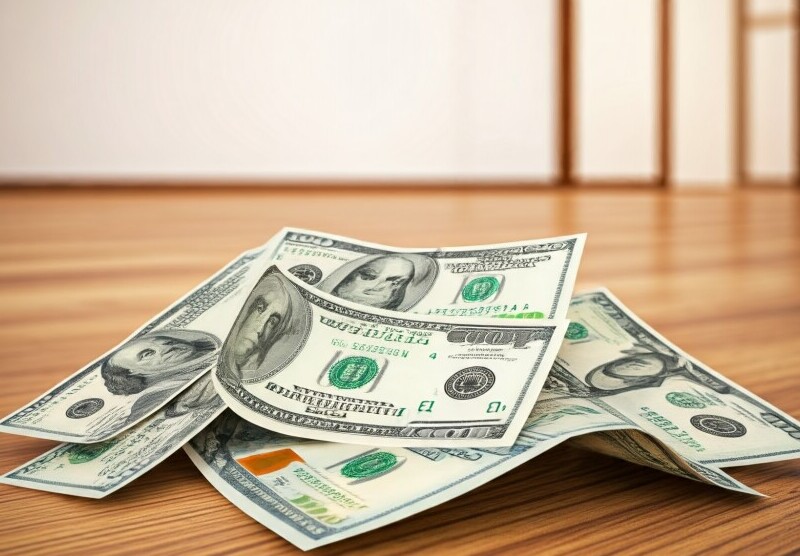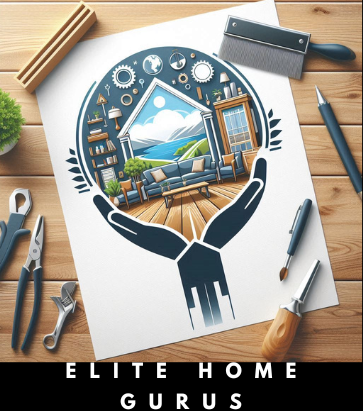
Making sure we’re not wasting water isn’t just good for the planet, it’s also smart for your wallet. Let’s check out some awesome ways to conserve water and make your home way more efficient.
Rainwater harvesting is a game-changer. Imagine collecting rain that usually runs off your roof and putting it to good use. Install a rain barrel system, and suddenly you’ve got extra water for your garden or even flushing toilets. Mother Nature provides, and we use!
Swapping out old fixtures for low-flow alternatives is a no-brainer. Low-flow doesn’t mean low power. In fact, you’ll save gallons without sacrificing shower pressure or that satisfying whoosh when you flush. These small changes make a big dent in your utility bill.
Xeriscaping is the cool kid in town. By designing a landscape that thrives on minimal water, you’ll have a garden that’s hardy and breathtaking. Pick drought-tolerant plants that suit your local climate. Less watering, more chilling.
Every drop counts when it comes to water conservation. With these techniques, you’re not just conserving water; you’re kicking off a lifestyle change that respects our most vital resource.
Building Green: Navigating Certifications and Standards for a Sustainable Home
Going green isn’t a trend, it’s the future. Understanding certifications like LEED and Energy Star is key to building or renovating a home that’s not just about style, but also sustainability.
LEED, short for Leadership in Energy and Environmental Design, is like the gold standard for building green. It rates buildings based on energy efficiency, water savings, and indoor environmental quality. Getting your home LEED certified means you’ve hit some top-tier eco-friendly goals.
Can’t forget about Energy Star, right? This label is all about energy efficiency. When you’re appliance shopping, look for that little blue logo. It means the product is certified to save energy without compromising on performance.
The coolest part about these certifications? They add value to your property and save you money in the long run. So you’re not just saving the planet, you’re also investing in a future where sustainability pays off.
Getting your crib certified means you’re not just part of the solution, you’re living it. These standards reinforce that a smarter, greener approach can make a real impact.
Designing for Efficiency: Harnessing Natural Elements for Energy Saving
Passive solar design is where you make the sun your BFF. By positioning windows just right, you can heat and light your home naturally. Less reliance on artificial heating means savings—both energy and cash.
Ever wonder why you feel so chill in a room with lots of indoor plants or natural elements? That’s biophilic design in action. It brings the outdoors in, boosting your mood and the air quality. Think wood, plants, and tons of natural light.
Talking about air quality, it’s not just about opening a window. Using non-toxic paints and materials creates a healthier indoor space. Add in good ventilation, and you’ve got a home that’s fresh and inviting.
Designing with natural elements isn’t just stylish, it’s smart. It cuts costs and makes your home a haven. With a few tweaks, you’re ready to enjoy comfort that’s eco-friendly and easy on the eyes.
Modern Homes, Smart Solutions: Technology that Transforms Energy Use
Smart homes are where tech meets eco-friendly living. Imagine controlling your lights, thermostat, and appliances from your smartphone. That’s convenience and energy efficiency rolled into one neat package.
Smart thermostats like those from Nest or Ecobee learn your habits and adjust temperatures to save energy when you’re not around. It’s like having your own personal energy-saving assistant.
Dabble in smart lighting with bulbs you can dim or switch off remotely. You’ll reduce electricity use without moving an inch, and let’s be honest, that’s pretty neat.
Ecological landscaping uses native plants to create a garden that thrives with little intervention. You don’t just beautify your space; you give native wildlife a place to call home too.
Renovating? Consider waste reduction strategies like recycling old materials and upcycling furniture. It’s not only sustainable but also adds a unique touch to your home.
The world of smart tech and eco-minded design is buzzing with possibilities. Enhancing sustainability with the latest gadgets and practices has never been more accessible or exciting.
